Scindapsus Hederaceus Blue Aurea – Rare
Original price was: ₹4,890.00.₹2,249.00Current price is: ₹2,249.00.
15 in stock
Plant size: Single plant | Pot Included | Free Shipping
Choose the Right Potting Mix
Well-draining Soil is Essential
As a tropical plant that dislikes sitting in wet soil, the Scindapsus hederaceus requires a very well-draining potting mix. Choose a commercial indoor plant soil that contains ingredients like peat moss, perlite, bark chips or coconut coir. This creates lots of air pockets for drainage while still retaining some moisture. You can also make your own mix with equal parts potting soil, perlite and peat or coco coir. The potting media should feel lightweight and fluffy. Avoid regular garden soil since it compacts over time and prevents proper drainage.
Pick the Proper Pot
Plant your Scindapsus hederaceus in a pot with drainage holes to prevent root rot. Plastic and glazed ceramic pots work well and help the soil dry out faster between waterings. Choose a pot that’s slightly larger than the root ball but not oversized. Allow for future growth by moving up just one or two pot sizes at a time. Match pots to decorative cachepots without holes for displaying your plant. Take it back to the drainage pot after watering.
Water Thoroughly Then Allow Soil to Dry
Check Soil Dryness with Your Finger
Since Scindapsus enjoys moist but not wet soil, regulate your watering based on the soil dryness. Stick your finger an inch into the potting mix to check the moisture level before adding any water. If the top inch is dry to the touch, it’s time to water your plant. The soil underneath should still feel lightly damp. Always pour off any standing water in the saucer so the pot isn’t sitting in it.
Find the Right Watering Schedule
How often you’ll need to water depends on factors like your home’s temperature, humidity levels, light exposure, airflow, pot size and soil mixture. In general, Scindapsus requires watering once a week or every 10-14 days. New cuttings and smaller pots may need more frequent watering. Larger plants in bigger pots can go longer between drinks. Adjust as needed through the seasons too. Less water is required in cool weather when growth slows down.
Provide Bright, Indirect Sunlight
Near a Bright Window is Best
The Scindapsus thrives in medium to bright indirect light, meaning no direct sun hitting the leaves. An east, west or lightly shaded south window is ideal in the home. Dappled sunlight filtering through a sheer curtain works great too. Solid dark curtains block too much sun resulting in fewer new leaves over time. If you don’t have a bright spot, consider supplementing with a grow light.
Supplement Light in Dark Rooms
If your space lacks sufficient natural light from windows, use an adjustable gooseneck grow light to supplement lighting levels. LED full spectrum grow lights are optimal for supporting photosynthesis. Position the light close enough to illuminated the satin pothos leaves without actually touching them. Start with 12-14 hours per day. Rotate the pot regularly so all sides get even coverage. Monitor and adjust the lighting as needed through the seasons.
Increase Humidity Levels
Misting Boosts Moisture
Scindapsus enjoys 40-60% relative humidity, much higher than most homes provide. Use a humidifier nearby to increase humidity in the surrounding air. Also mist the plant daily using room temperature purified or distilled water. Avoid hard tap water which can leave mineral deposits on the foliage. Grouping plants together helps create a moist little microclimate too. Just be sure to adjust your watering schedule since the soil will dry out slower with added humidity.
Pebble Trays Add Moisture
For extra humidity without purchasing equipment, place the pot on a pebble tray. Fill a shallow tray with pebbles and water just to the level below the stones. As the water evaporates over time, it increases humidity immediately surrounding the plant. Change the water every few days to prevent bacterial growth. Avoid letting the pot sit directly in water which can lead to root issues from excess moisture.
Fertilize Regularly During Growth Periods
Use Balanced Liquid Fertilizer
Like most houseplants, Scindapsus benefits from monthly feedings during spring through early fall when actively growing. Use a balanced liquid fertilizer diluted to half strength. Look for equal parts nitrogen, phosphorous and potassium in the NPK rating on the label, such as 10-10-10. This provides all the essential nutrients plants need. Stop fertilizing over winter when growth naturally slows down to prevent salt buildup in the soil that could burn roots.
Mix Application Methods
Both foliar feeding and root feeding are effective application methods. For foliar spray, mix the fertilizer solution in a spray bottle and lightly mist all sides of the leaves and stems allowing time to soak in. Avoid wetting the flowers or soil. For root feeding, pour the diluted fertilizer evenly over the moist soil around the drip zone at the pot’s edge allowing it to soak in. Gently scratch fertilizers into just the top layer of soil. Always flush the soil with clean water every few months to prevent fertilizer salt accumulation.
Propagate With Stem Cuttings
Select Healthy Stems
To grow more Scindapsus for free, propagate new plants from cuttings. Use clean scissors or pruners to snip off healthy stems right below a leaf node where aerial roots often form. Cuttings root quickest in spring through summer. Take several 3-6 inch long sections which root faster than longer vines. Always get cuttings from vigorous healthy mother plants, not weak or damaged stems.
Root in Water or Soil
Place each freshly cut stem tip directly into a small jar of room temperature water. Change the water every few days. Or stick directly into a pot of damp propagation or seed starting mix. Enclose either setup under a glass dome or plastic bag to increase humidity which encourages faster rooting. Provide bright indirect light. Look for new white root growth in 3-5 weeks for water propagation or a bit longer in soil. Plant the newly rooted cuttings into potting mix once the root system is well established. Then continue caring for it as a mature plant.
Only logged in customers who have purchased this product may leave a review.


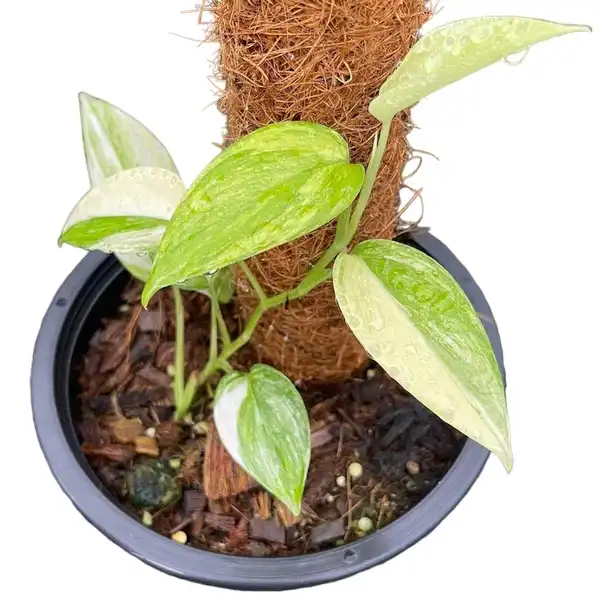
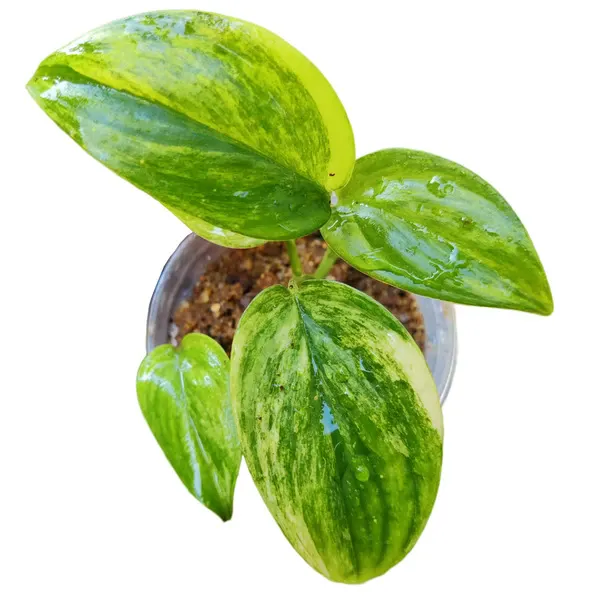
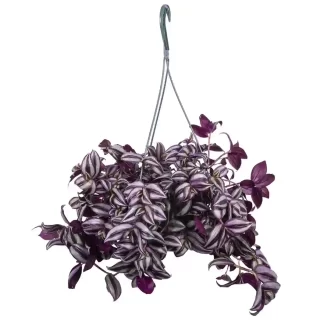
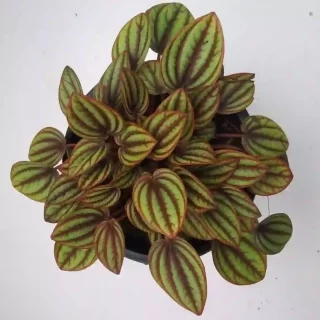


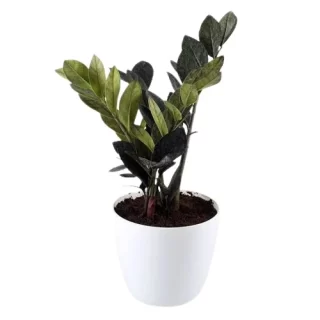
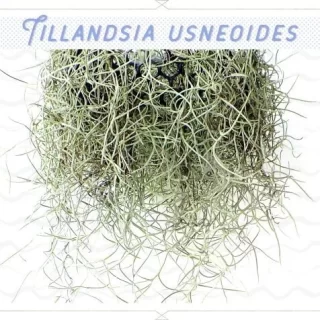
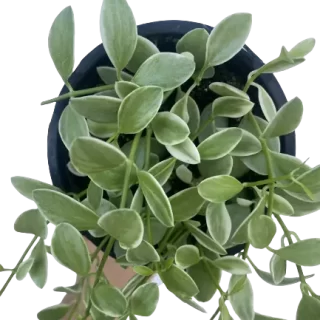
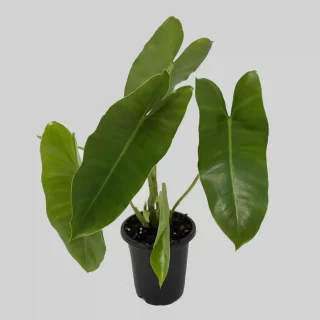
 If you need any assistance, I'm always here. Have you found what you were looking for?
If you need any assistance, I'm always here. Have you found what you were looking for?
Reviews
There are no reviews yet.